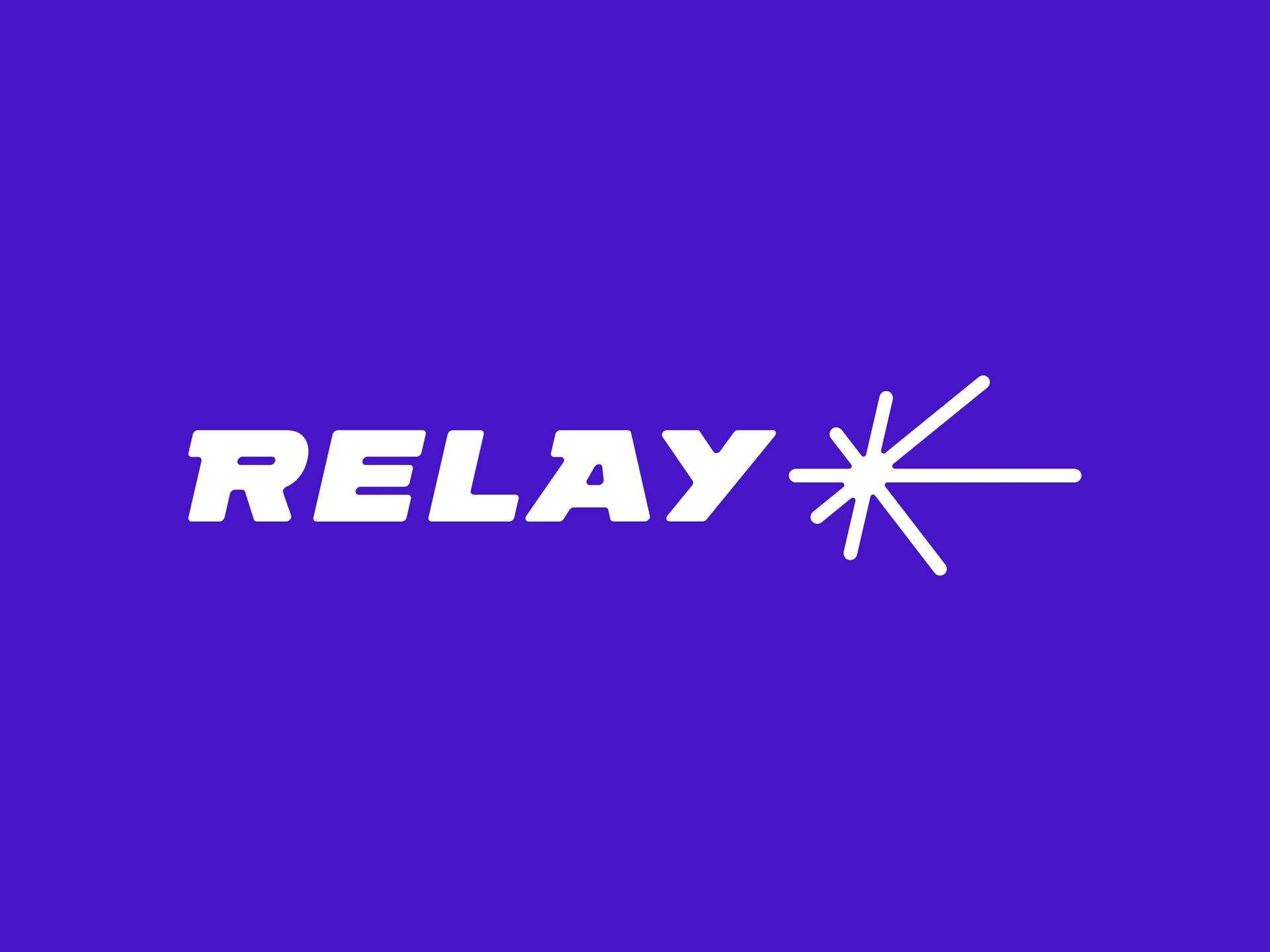위키 구독하기
Share wiki
Bookmark
Relay Protocol
Relay Protocol
릴레이(Relay), 릴레이 프로토콜(Relay Protocol)로도 알려진 이 프로토콜은 2024년에 출시된 멀티체인 결제 네트워크입니다. 최종 사용자와 개발자 모두를 위해 수많은 블록체인 네트워크 간의 자산 브리징 및 거래를 용이하게 하도록 설계되었습니다. [1]
개요
릴레이는 긴 대기 시간과 높은 거래 비용과 같은 기존 크로스체인 브리지와 관련된 복잡성과 비효율성을 해결하기 위해 개발되었습니다. 이 프로토콜은 사용자와 애플리케이션이 서로 다른 블록체인 생태계에서 자산을 이동하고 거래를 실행할 수 있도록 하는 풀스택 솔루션을 제공합니다. 이 시스템은 멀티체인 결제 네트워크로서 기능하도록 구축되어 엔터프라이즈급 애플리케이션에 대한 속도, 저렴한 비용 및 안정성을 강조합니다. [1]
2024년 출시 이후, 이 네트워크는 500만 명의 사용자를 위해 5천만 건이 넘는 거래를 처리하고 총 거래량이 50억 달러를 초과하는 등 상당한 도입률을 보고했습니다. 이 플랫폼은 85개 이상의 블록체인 네트워크를 지원하며 멀티체인 환경의 복잡성을 추상화하는 것을 목표로 합니다. OpenSea와 같은 마켓플레이스와 Phantom과 같은 지갑 제공업체를 포함한 다양한 Web3 회사에서 사용자 기반의 크로스체인 상호 작용을 단순화하기 위해 이 인프라를 활용하고 있습니다. [1]
기술
릴레이의 아키텍처는 다양한 사용자 유형을 위한 제품 제품군을 지원하는 핵심 프로토콜로 구성된 풀스택 솔루션입니다. 이 기술은 크로스체인 의도 시스템과 탈중앙화 거래소 (DEX) 메타 집계를 결합하여 거래를 효율적으로 실행합니다. [1]
핵심 구성 요소
이 프로토콜의 기능은 두 가지 주요 기술적 기둥을 기반으로 합니다.
- 크로스체인 의도: 이것은 네트워크의 기본 계층입니다. 크로스체인 작업을 수행하려는 사용자를 "릴레이어" 네트워크에 연결하는 개방형 시스템입니다. 이러한 릴레이어는 높은 자본 효율성으로 온체인 작업을 실행하는 엔티티로, 즉각적이고 저렴한 거래를 가능하게 합니다.
- DEX 메타 집계: 릴레이는 지원되는 네트워크에 걸쳐 포괄적인 탈중앙화 거래소 메타 집계기를 통합합니다. 이 구성 요소는 자산 스왑에 대한 가장 효율적인 거래 경로를 찾으며, 이는 브리징 및 거래 서비스의 핵심 부분입니다.
이 이중 구성 요소 시스템은 낮은 가스 비용을 유지하고 새로운 블록체인 네트워크로의 빠른 확장을 지원하며 높은 수준의 안정성을 제공하도록 설계되었습니다. [1]
릴레이 스택
이 프로토콜의 기술은 각 계층이 다른 대상 고객을 대상으로 하는 3계층 스택을 통해 제공됩니다.
릴레이 프로토콜
릴레이 프로토콜은 전체 시스템의 기반 계층입니다. 사용자와 릴레이어 간의 통신 및 실행을 용이하게 하는 개방형 기본 네트워크 역할을 합니다. 이 핵심 인프라는 상위에 구축된 모든 제품과 서비스를 지원하여 크로스체인 작업이 효율적이고 안전하게 수행되도록 합니다. [1]
릴레이 API
릴레이 API는 멀티체인 애플리케이션을 구축해야 하는 개발자, 지갑 및 마켓플레이스를 위해 설계된 제품입니다. 크로스체인 개발의 기본적인 복잡성을 추상화하는 단일 통합 지점 역할을 합니다. API는 예측 가능한 수수료를 사용한 즉각적인 브리징과 메타 집계 기능을 통한 원활한 스왑과 같은 기능을 가능하게 합니다. 가스 후원, 보장된 환율 및 안정성을 위한 서비스 수준 계약(SLA)과 같은 기능을 제공하여 고품질 사용자 경험을 지원하도록 구축되었습니다. [1]
릴레이 앱
릴레이 앱은 스택의 사용자 인터페이스 애플리케이션입니다. 직접 크로스체인 거래를 수행해야 하는 최종 사용자를 위해 설계되었습니다. 이 애플리케이션을 통해 개인은 단일 통합 거래 내에서 지원되는 체인의 모든 토큰을 다른 지원되는 체인의 다른 토큰으로 스왑할 수 있습니다. 예를 들어, 사용자는 앱 인터페이스를 통해 이더리움 네트워크의 ETH를 솔라나 네트워크의 SOL로 스왑할 수 있습니다. [1]
기능
릴레이 네트워크는 크로스체인 거래에 대한 안정적이고 안전한 사용자 경험을 제공하는 것을 목표로 하는 여러 기능을 통합합니다.
- 결제 등급 안정성: 이 프로토콜은 지원되는 네트워크에서 99.9%의 가동 시간을 유지하도록 설계되었습니다. 문제가 발생하더라도 거래가 완료되도록 자동 중복 시스템을 포함하고 애플리케이션과 최종 사용자 모두에게 명확한 완료 신호를 제공합니다.
- 빠른 실행: 이 시스템은 기존 블록체인 브리지와 관련된 몇 분의 대기 시간과 대조적으로 거래를 빠르게 실행하도록 설계되었습니다.
- MEV 보호: 이 프로토콜에는 블록 생성자 또는 다른 네트워크 참여자가 거래의 순서를 변경하거나 삽입하거나 검열하여 사용자로부터 가치를 추출할 수 있는 최대 추출 가능 가치(MEV)에 대한 내장 보호 기능이 포함되어 있습니다.
- 애플리케이션 수수료 통합: 이 플랫폼을 통해 릴레이 API를 통합하는 개발자는 프로토콜의 거래 비용 외에 자체 애플리케이션 수준 수수료를 추가할 수 있습니다.
- 입금 주소 지원: 이 시스템은 특정 유형의 거래 또는 통합에 대한 자금 이체 프로세스를 간소화할 수 있는 입금 주소 사용을 지원합니다.
이러한 기능은 이 프로토콜을 개별 사용과 일관된 성능이 필요한 엔터프라이즈 수준 애플리케이션 모두에 적합하게 만드는 것을 목표로 합니다. [1]
사용 사례
릴레이는 멀티체인 인터넷의 기본 계층 역할을 하며 다양한 크로스체인 활동을 지원하도록 설계되었습니다.
- 브리징 및 온보딩: 주요 사용 사례는 85개 이상의 지원되는 블록체인 네트워크 간의 자산 즉시 전송을 용이하게 하는 것입니다. 이를 통해 사용자는 유동성을 이동하고 상당한 지연 없이 새로운 생태계에 온보딩할 수 있습니다.
- 스왑: 이 프로토콜은 동일 체인 및 크로스체인 스왑을 모두 지원합니다. 사용자는 단일 블록체인에서 토큰을 거래하거나 두 개의 다른 체인에 있는 자산을 포함하는 더 복잡한 거래를 실행할 수 있습니다.
- 콜 실행: 더 고급 사용 사례는 크로스체인 콜 실행입니다. 이를 통해 사용자는 다른 소스 체인에 보유한 토큰을 사용하여 대상 체인에서 거래 비용을 지불할 수 있으며, 대상 체인의 기본 가스 토큰을 보유해야 할 필요성을 추상화합니다.
이러한 기능을 통해 개발자는 사용자가 자산이 어떤 체인에 있는지 신경 쓸 필요가 없는 애플리케이션을 구축할 수 있습니다. [1]
체인 확장
새로운 블록체인 네트워크(롤업)를 출시하는 데 도움이 되는 회사의 경우 릴레이는 기본 결제 인프라를 제공합니다. 이를 통해 새로운 롤업은 시작부터 더 광범위한 멀티체인 생태계에 연결될 수 있습니다. 이 범주에 속하는 파트너는 다음과 같습니다.
- Alchemy
- Conduit
- Caldera
체인 추상화
이 범주에서 파트너는 최종 사용자에게 크로스체인 상호 작용의 복잡성을 숨기기 위해 릴레이를 사용합니다. 이렇게 하면 사용자가 수동으로 자금을 브리징하지 않고도 다른 체인의 자산이나 애플리케이션과 상호 작용할 수 있는 더 원활한 환경이 조성됩니다.
- OpenSea: NFT 마켓플레이스는 크로스체인 민팅을 지원하기 위해 릴레이를 사용하여 수집가가 다른 체인의 자금을 사용하여 한 체인에서 NFT를 구매할 수 있도록 합니다.
- Phantom: 멀티체인 지갑은 사용자가 지갑 인터페이스 내에서 다른 네트워크 간에 자산을 거래할 수 있도록 복잡한 스왑 흐름을 단순화하기 위해 릴레이를 통합합니다.
멀티체인 인프라
다른 플랫폼은 자체 멀티체인 인프라의 핵심 구성 요소로 릴레이를 사용하여 프로토콜을 통해 거래 실행을 라우팅합니다.
- OneBalance: 이 플랫폼은 각각의 자산을 개별적으로 관리할 필요 없이 사용자가 다른 체인의 기회에 접근할 수 있도록 릴레이를 활용합니다.
이러한 통합은 상호 연결된 블록체인 환경을 위한 기본 레일을 제공하는 프로토콜의 애플리케이션을 보여줍니다. [1]
잘못된 내용이 있나요?
